Man of parts: Conrad Shawcross’ new ‘crazy machine’ spins into St Pancras International
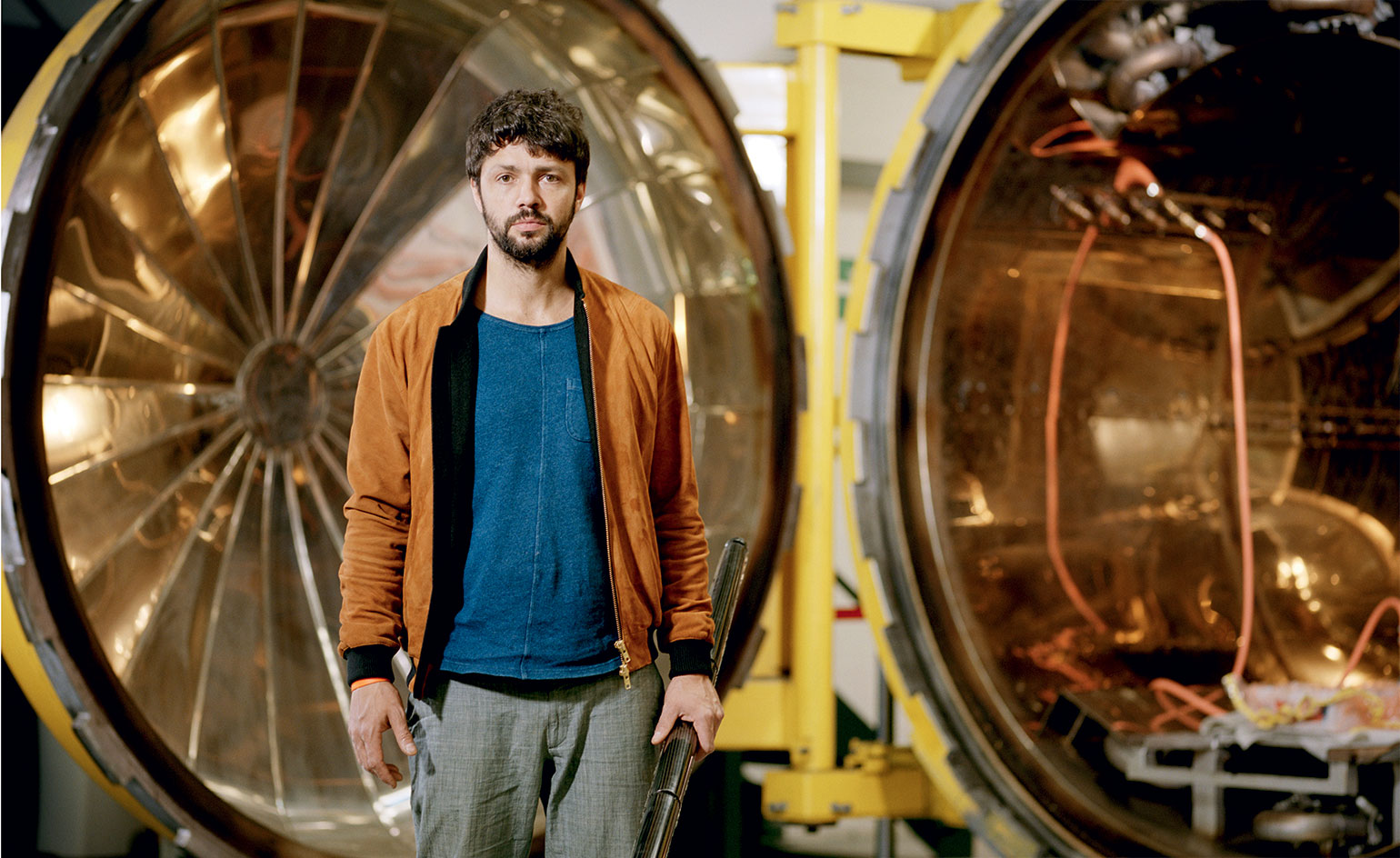
The British artist Conrad Shawcross has a thing about harmony. And not some woolly idea of beauty in balance but harmony proper; the harmony of mathematical ratios and Pythagorean intervals, of chords, secret and otherwise. He sees this harmony, or rather finds it, with a sort of engineered synaesthesia, in the strange machines he invents or in particular swoops and curves he creates; in mostly large-scale, complex sculptures, often with moving parts that follow elegant, elliptical ways and paths generated, in part, by beautiful numbers. ‘The brain is activated by notes or certain chords in a way it isn’t by dissonance or discordancy,’ says Shawcross. ‘It triggers emotion and thought and enquiry. So I’m just using these ancient harmonies and transmogrifying them into ratios through machines to see what happens.’
As a young man he became obsessed with a little book called Harmonograph: A Visual Guide to the Mathematics of Music. The book is mostly a collection of remarkable diagrams: repeating swirls, loops, twists and sinusoids, a complex but elemental geometry that seems to exist in three dimensions, if not more, created by a Victorian scientific gizmo called the harmonograph. Initially a research tool designed to measure movement in buildings and then adopted as a parlour entertainment, the harmonograph uses swinging pendulums with moveable weights to push pens and create patterns based on different harmonic ratios. For Shawcross, these intervals and ratios, and the patterns they generate, are things to be pushed and played with but always to be respected. He has used them in many of his works, including a giant new piece to be installed at London’s St Pancras International terminal this summer.
The Interpretation of Movement (a 9:8 in blue) will be the fifth piece to hang in St Pancras station as part of the Terrace Wires project. Previous installations include Ron Arad’s Thought of Train of Thought and Cornelia Parker’s One More Time. Shawcross’ piece – essentially three ‘optic sails’, circles of slatted carbon fins, attached to articulated arms and driven by a complex gearing system – is the artist’s most complex engineering challenge to date. At full stretch it spans 16m. ‘Typically, I made it bigger than the brief allowed, and the piece is heavier than it was supposed to be. It will weigh three-and-a-half tons. The gearbox alone is like a Spitfire engine,’ he says proudly.
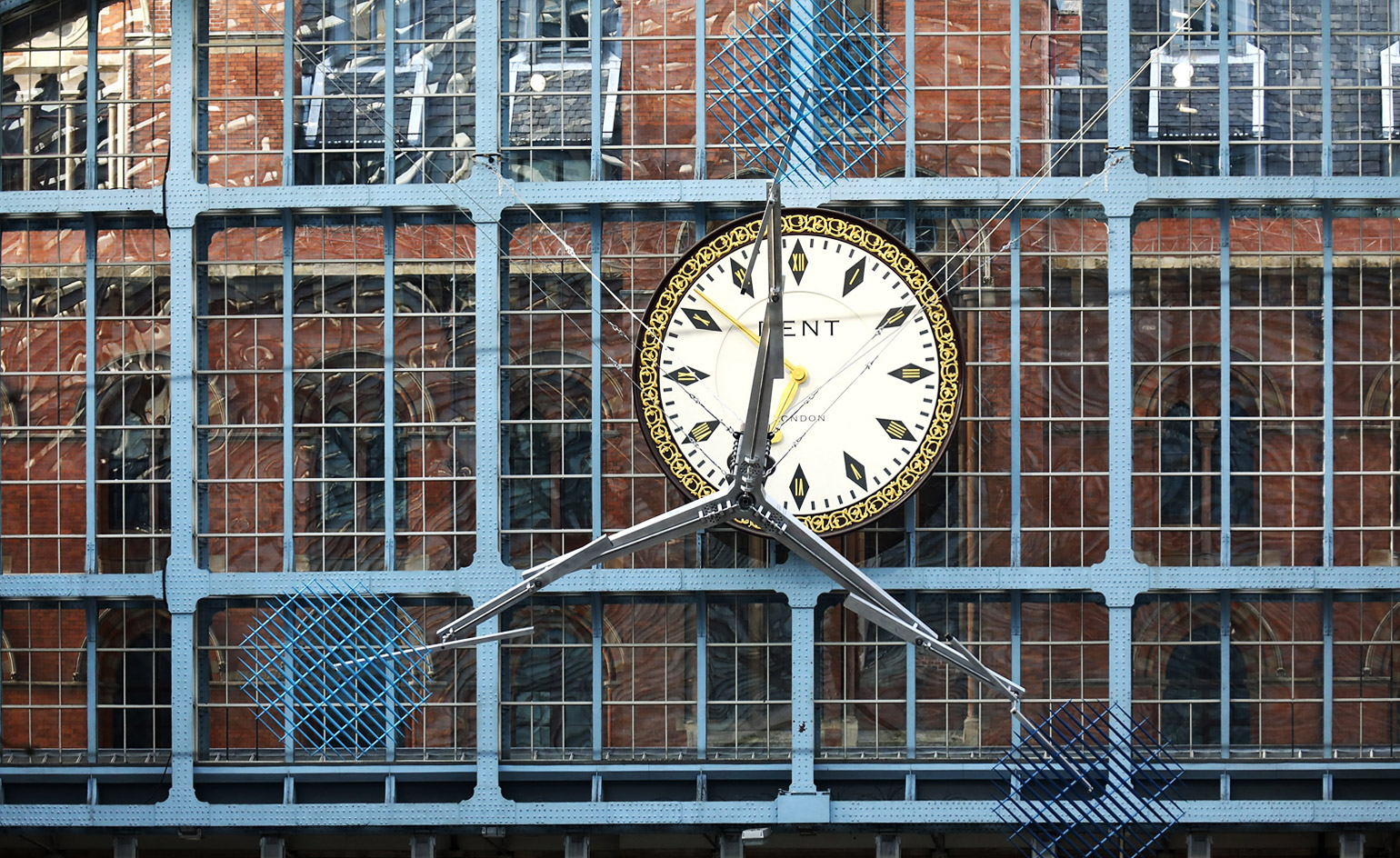
The Interpretation of Movement (a 9:8 in blue), 2017
The whole piece rotates at nine revolutions per minute (rpm) while three secondary arms circle at 8rpm. (In harmonic terms, a 9:8 ratio is a major second). If you were to track the movement of the arms, they would create the kind of complex spirograph patterns that Shawcross first saw in his little Harmonograph book. When the sails and those slatted fins cross in front of each other, they create a moiré effect – ‘a subtle pulsing elliptical on-off effect’ – an illusion Shawcross exploited in Optic Cloak, a giant piece of artcum- infrastructure installed in Greenwich Peninsula last year.
In this case, the trance-inducing potential of the moiré effect threatened to put a real spanner in Shawcross’ works. ‘We have had to do these very in-depth renders because the train drivers’ union is very concerned about distraction. If it is too visually arresting they say they can’t have it in the station because it might cause an accident.’ Shawcross eventually managed to persuade the union that it was not a dangerous sort of dazzling. Shawcross prides himself on fabricating as much of his work as he can in his massive east London studio. But creating The Interpretation of Movement required specialist help – ‘dozens of different manufacturers across the country’, he says.
The carbon fins for the ‘optic sails’ were made by an Oxfordshire company called Formtech, part of the UK’s surprisingly rich resource of high-tech manufacturers. ‘They make all these incredibly lightweight, low-flying, carbon-fibre communication satellites,’ Shawcross explains. ‘They don’t need a rocket to launch them. They are just put up there by these gliders with a 12m wingspan. Two people just run down the runway and launch them.’
The work is in many ways also a celebration of British engineering and a nod to the structural daring and complexity of the station itself. ‘I hope it will have this real Brunelian scale of ambition,’ Shawcross says. The complex gear system, left exposed, should be as much of a draw as the looping ‘sails’. ‘The engineering of the room is so spectacular and I wanted to do a very structural, everything-on-display kind of work. Nothing is hidden and it is very much a celebration of structure and materials, like the space itself.’
The St Pancras commission consolidates Shawcross’ standing as one of the most in-demand of British artists, certainly when it comes to large-scale public works. The last two years have seen the landing of Optic Cloak, as well as The Dappled Light of the Sun, a 30-ton canopy of bifurcating steel tetrahedrons, temporarily installed at the Royal Academy, and Paradigm, a 14m-tall twisting stack of tetrahedral steel blocks, permanently installed outside the new Francis Crick Institute in King’s Cross. All of these pieces tried to suggest motion in static forms. With Interpretation of Movement, Shawcross has made a happy return to massive moving parts. ‘I think I wanted to get my teeth into some mechanical stuff again,’ he says. ‘In the studio there is a knowledge base of people and we all love making machines. We want to keep that side of things fresh in our heads. It feels like a year to make crazy machines again.’
As originally featured in the July 2017 issue of Wallpaper* (W*220)
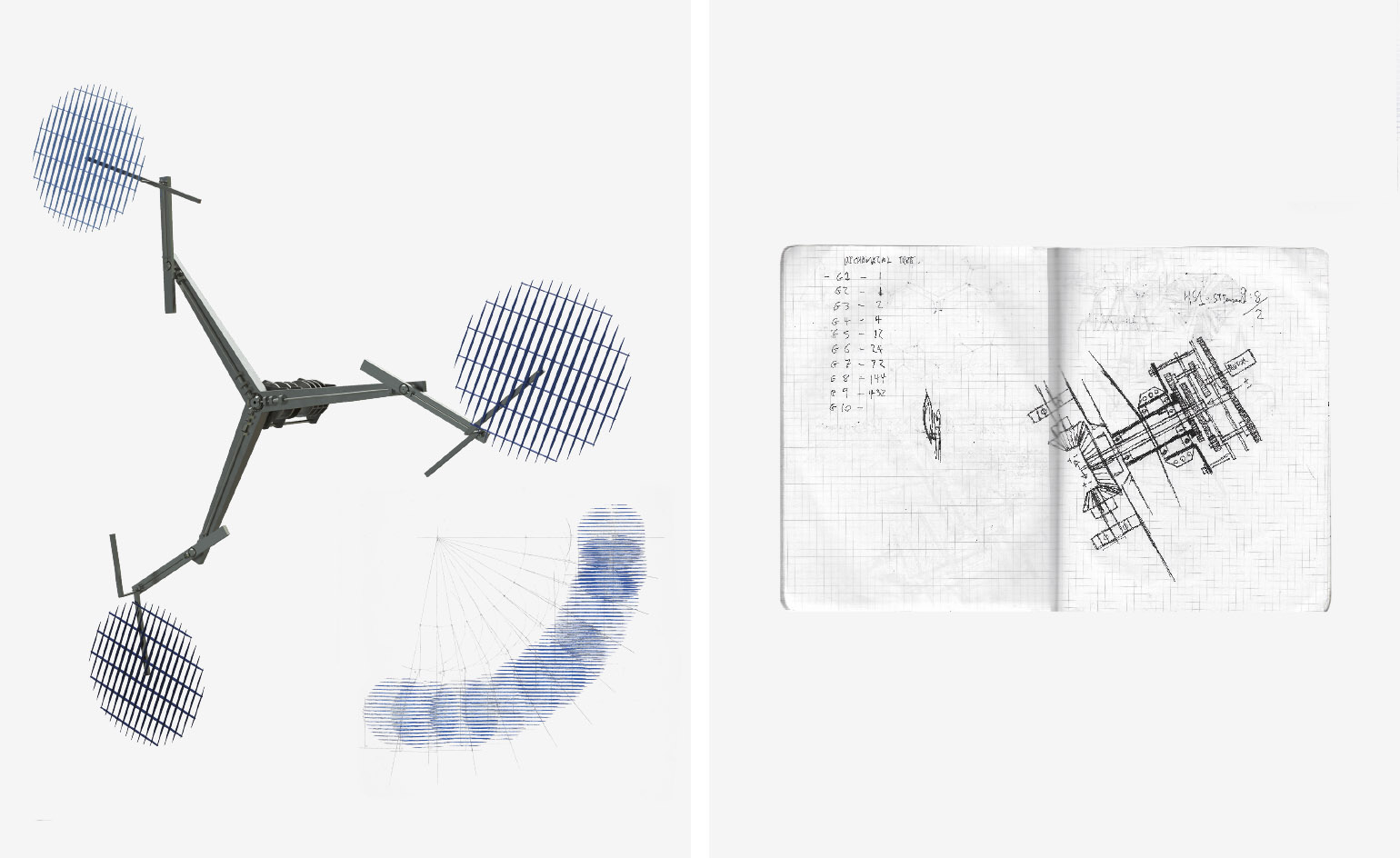
Right, the 16m artwork has a rotating tri-arm, with rotating secondary and tertiary arms. ‘The sails overlap in the centre for a brief second, creating a complete eclipse, and then they diverge, like a Venn diagram,’ says Shawcross. The complex gear system, which Shawcross devised himself, will be left exposed. Left, Shawcross’ sketch of the motor and set of gears
INFORMATION
The Interpretation of Movement (a 9:8 in blue) is on view from 22 June. For more information, visit the Terrace Wires website and Conrad Shawcross’ website
ADDRESS
St Pancras International
Euston Road
London N1C 4QP
Receive our daily digest of inspiration, escapism and design stories from around the world direct to your inbox.
-
 The Bombardier Global 8000 flies faster and higher to make the most of your time in the air
The Bombardier Global 8000 flies faster and higher to make the most of your time in the airA wellness machine with wings: Bombardier’s new Global 8000 isn’t quite a spa in the sky, but the Canadian manufacturer reckons its flagship business jet will give your health a boost
-
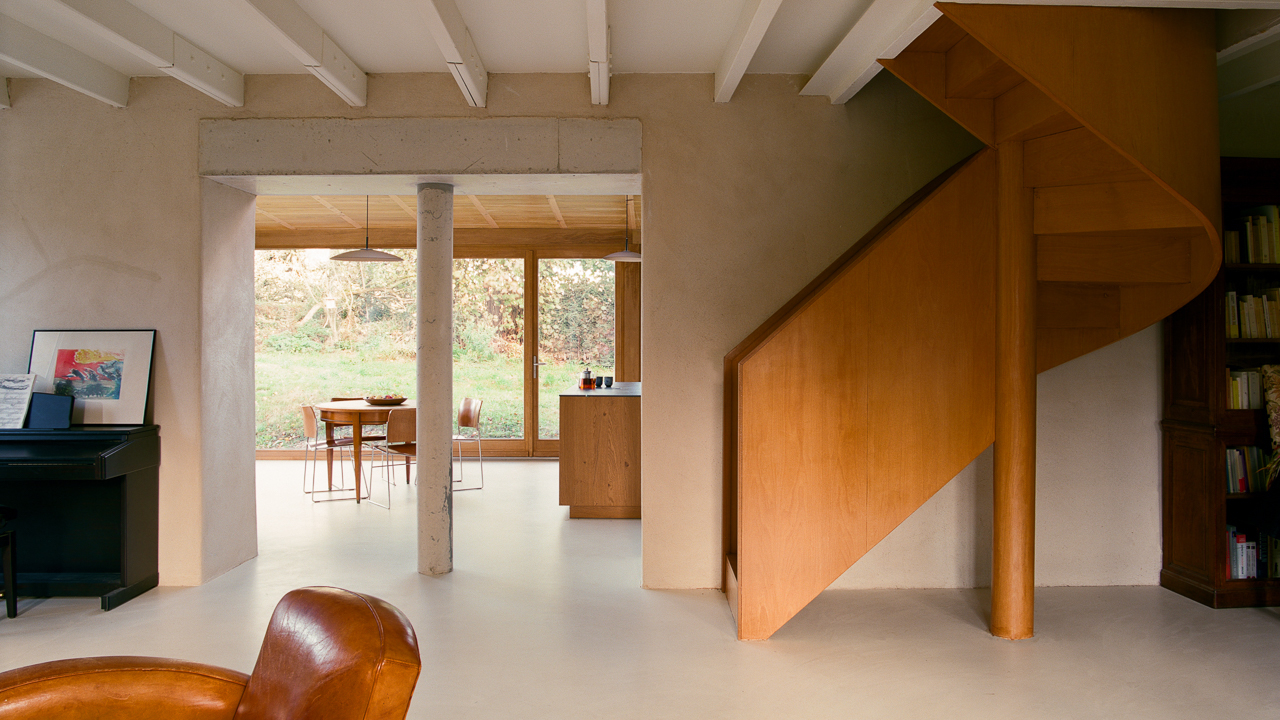 A former fisherman’s cottage in Brittany is transformed by a new timber extension
A former fisherman’s cottage in Brittany is transformed by a new timber extensionParis-based architects A-platz have woven new elements into the stone fabric of this traditional Breton cottage
-
 New York's members-only boom shows no sign of stopping – and it's about to get even more niche
New York's members-only boom shows no sign of stopping – and it's about to get even more nicheFrom bathing clubs to listening bars, gatekeeping is back in a big way. Here's what's driving the wave of exclusivity
-
 Out of office: The Wallpaper* editors’ picks of the week
Out of office: The Wallpaper* editors’ picks of the week'Tis the season for eating and drinking, and the Wallpaper* team embraced it wholeheartedly this week. Elsewhere: the best spot in Milan for clothing repairs and outdoor swimming in December
-
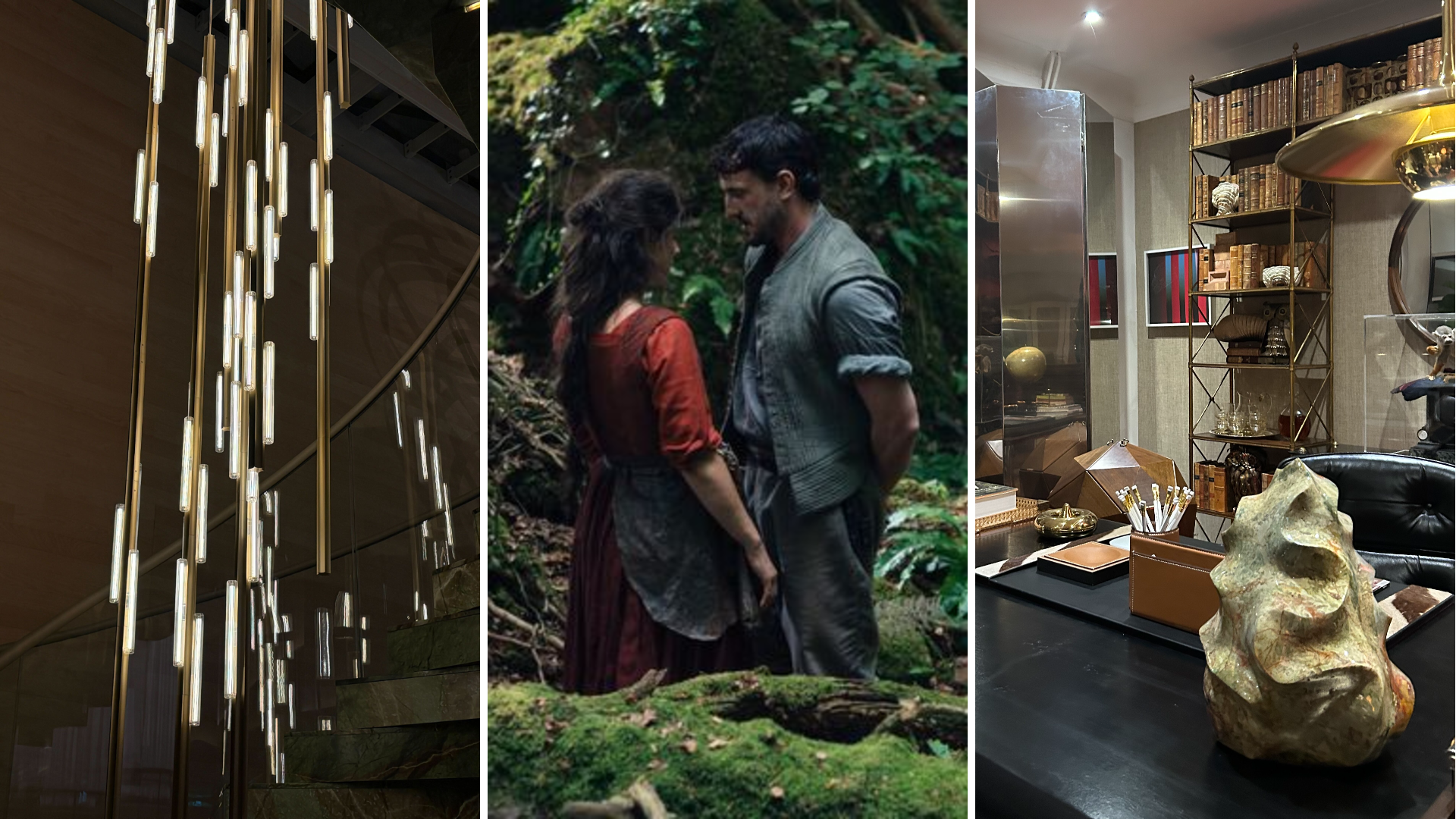 Out of office: The Wallpaper* editors’ picks of the week
Out of office: The Wallpaper* editors’ picks of the weekFar from slowing down for the festive season, the Wallpaper* team is in full swing, hopping from events to openings this week. Sometimes work can feel like play – and we also had time for some festive cocktails and cinematic releases
-
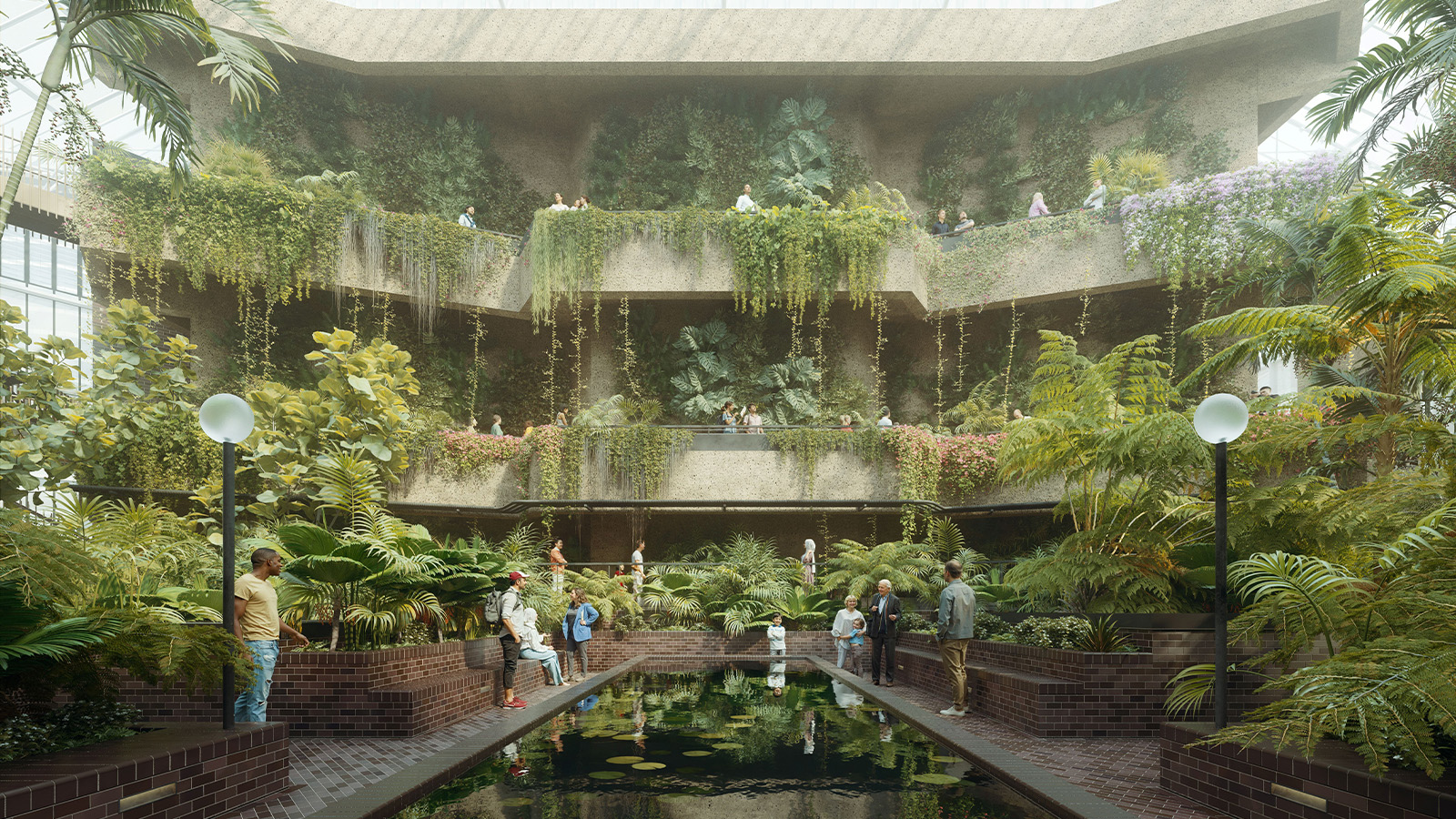 The Barbican is undergoing a huge revamp. Here’s what we know
The Barbican is undergoing a huge revamp. Here’s what we knowThe Barbican Centre is set to close in June 2028 for a year as part of a huge restoration plan to future-proof the brutalist Grade II-listed site
-
 Out of office: The Wallpaper* editors’ picks of the week
Out of office: The Wallpaper* editors’ picks of the weekIt’s wet, windy and wintry and, this week, the Wallpaper* team craved moments of escape. We found it in memories of the Mediterranean, flavours of Mexico, and immersions in the worlds of music and art
-
 Each mundane object tells a story at Pace’s tribute to the everyday
Each mundane object tells a story at Pace’s tribute to the everydayIn a group exhibition, ‘Monument to the Unimportant’, artists give the seemingly insignificant – from discarded clothes to weeds in cracks – a longer look
-
 Out of office: The Wallpaper* editors’ picks of the week
Out of office: The Wallpaper* editors’ picks of the weekThis week, the Wallpaper* team had its finger on the pulse of architecture, interiors and fashion – while also scooping the latest on the Radiohead reunion and London’s buzziest pizza
-
 Out of office: The Wallpaper* editors’ picks of the week
Out of office: The Wallpaper* editors’ picks of the weekIt’s been a week of escapism: daydreams of Ghana sparked by lively local projects, glimpses of Tokyo on nostalgic film rolls, and a charming foray into the heart of Christmas as the festive season kicks off in earnest
-
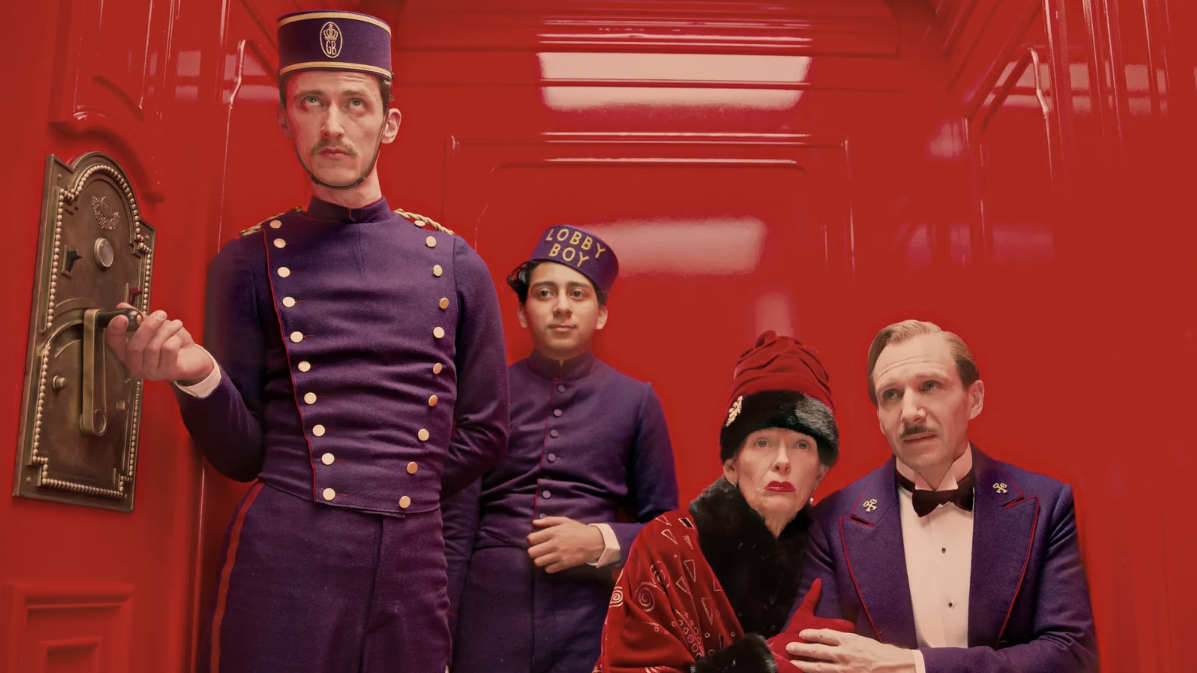 Wes Anderson at the Design Museum celebrates an obsessive attention to detail
Wes Anderson at the Design Museum celebrates an obsessive attention to detail‘Wes Anderson: The Archives’ pays tribute to the American film director’s career – expect props and puppets aplenty in this comprehensive London retrospective